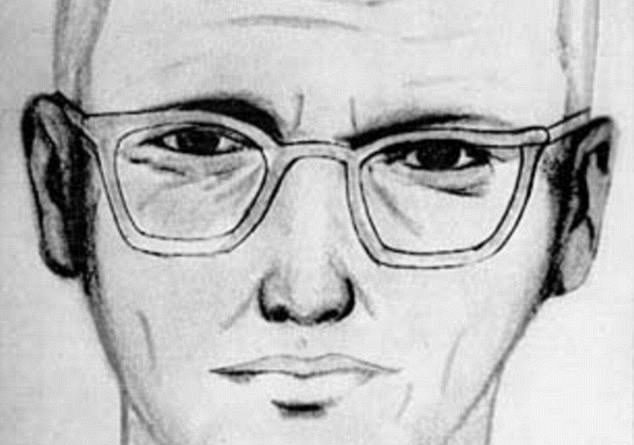TOM LEONARD examines they cracked the Zodiac killer's secret code
Back in September 1969, two young lovers were snatching a secluded afternoon together beside a lake in California’s Napa County before heading off to university.
Cecelia Shepard and Bryan Hartnell were alone — or, at least, they thought they were.
As they cuddled on a picnic blanket under some oak trees, they spotted a man coming towards them. By the time they could make out he was wearing an executioner’s black hood, sunglasses and a weird white symbol on his chest that looked like the crosshairs on a gun sight, it was too late to flee.
Cecilia and Bryan were about to become the fifth and sixth confirmed victims of the Zodiac Killer who was terrorising the San Francisco Bay area. At gunpoint, the killer tied them up with plastic clothes line that he cut in advance, before savagely stabbing them with a knife.
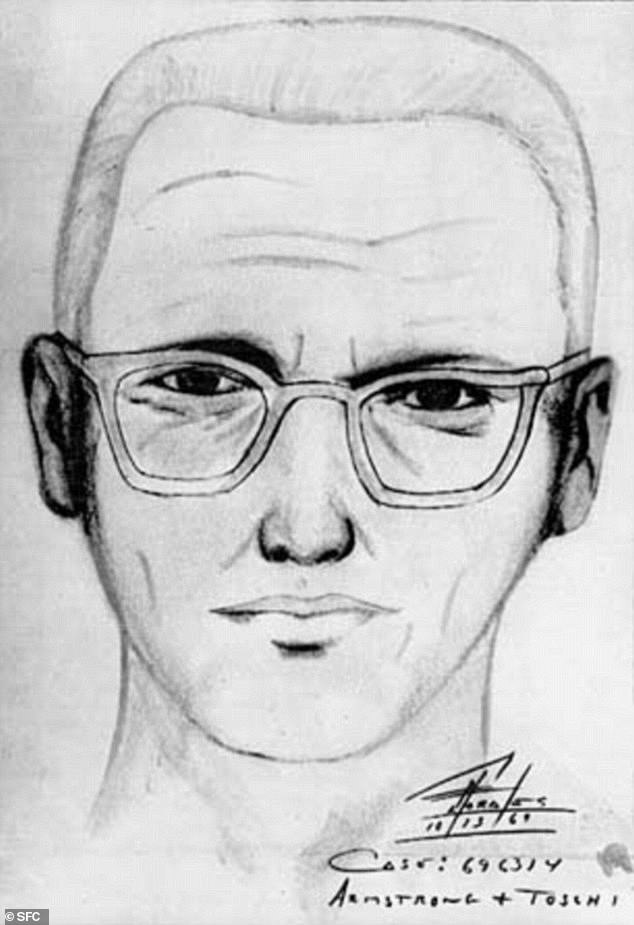
Having communicated to police and press with a string of taunting and boastful handwritten letters — some containing cryptograms and others including evidence only the killer would know — Zodiac stopped writing and, it seems, stopped killing. PictureD: A police sketch of the Zodiac Killer
Ms Shepard later died with ten stab wounds, but Mr Hartnell — despite being stabbed in the back six times — survived. Before leaving, the killer wrote the dates of his earlier murders in felt-tip pen on the door of their car. They, too, were courting couples — one pair just high schoolers out on their first date.
Although the last confirmed victim of the man who called himself the Zodiac Killer was Paul Stine, a San Francisco taxi driver shot dead in his cab a month after the lakeside tragedy, the cold-blooded murderer claimed he actually slaughtered 37 people.
That astonishing death toll could never be confirmed as Zodiac was never found.
Having communicated to police and press with a string of taunting and boastful handwritten letters — some containing cryptograms and others including evidence only the killer would know — Zodiac stopped writing and, it seems, stopped killing.
America’s Jack the Ripper disappeared into the shadows and more than 50 years of police work have failed to shine any new light on him.
Given that the case is one of the most extraordinary in U.S. criminal history, it’s hardly surprising that the Zodiac killer has continued to enthral. The murders inspired two Hollywood films, the 1971 Clint Eastwood thriller Dirty Harry and Zodiac, a faithful 2007 dramatisation starring Robert Downey Jr and Jake Gyllenhaal as the newspapermen and Mark Ruffalo as the police officer who pursued the killer.
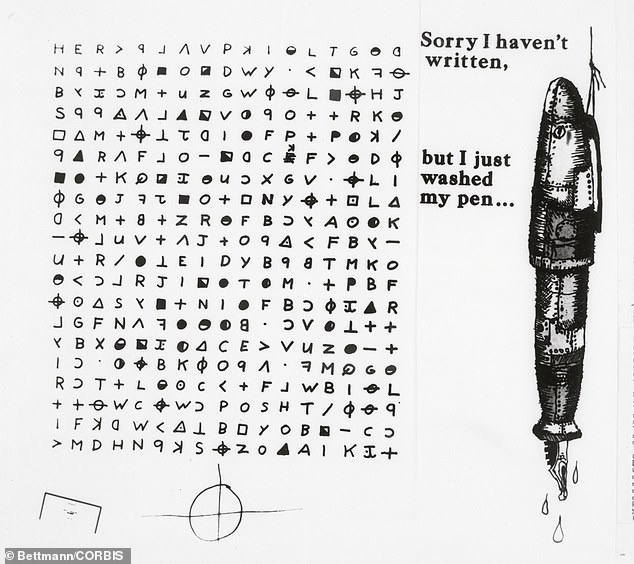
Amateur and professional cryptographers, including from the FBI, continued to pore over the unsolved coded messages, hoping that Zodiac was being sincere when he claimed that they contained his identity. Pictured: One of the Zodiac’s ciphers
Dirty Harry substituted Eastwood’s famous hard-nosed lawman Harry Callahan as the detective who eventually kills the psychopathic serial murderer (called Scorpio) after he kidnaps a busload of schoolchildren.
The real Zodiac has never been identified, let alone been brought to book, although there have been countless suspects. Meanwhile, amateur and professional cryptographers, including from the FBI, continued to pore over the unsolved coded messages, hoping that Zodiac was being sincere when he claimed that they contained his identity.
Now the case has suddenly sprung back into life. A code-breaking team from the U.S., Australia and Belgium — two computer programmers and an applied mathematician — announced that they’d cracked one of the biggest remaining Zodiac ciphers after running it through their own special software programme.
The 340 cipher, so called because it contains 340 characters arranged in a large block of letters and symbols, had been sent by Zodiac inside a humorous greetings card to the San Francisco Chronicle in November 1969.
While many ciphers simply consist of substituting letters for symbols, the 340 cipher was far more complicated — and over eight months, the trio tested some 650,000 different ways of reading the message.
Then, a few weeks ago, they discovered that by breaking it into three sections and reading the characters diagonally (as in a word search puzzle), the cipher began to unravel.
After discovering that Zodiac had made a mistake (a fact that might explain how it had defeated so many previous attempts), and rectifying it, they had a finished message.
Sadly, it didn’t reveal his identity but read in part: ‘I hope you are having lots of fun in trying to catch me… I am not afraid of the gas chamber because it will send me to paradice [sic] all the sooner because I now have enough slaves to work for me… Where everyone else has nothing when they reach paradice, so they are afraid of death.’
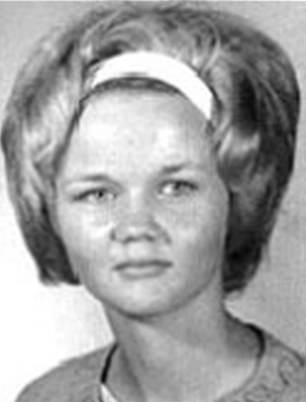
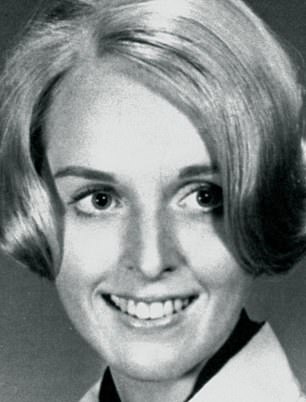
Darlene Ferrin, 22, (left) and 19-year-old Mike Mageau were ambushed in their car just four miles away in the town of Vallejo. Cecelia Shepard (right) and Bryan Hartnell were about to become the fifth and sixth confirmed victims of the Zodiac Killer who was terrorising the San Francisco Bay area
It all stacked up. He had previously described his victims as ‘slaves’ and misspelt many words including ‘paradise’. The cipher also tellingly referred to a recent incident in which a man had called into a local TV chat show claiming to be Zodiac and saying he was ‘sick’ and scared of the gas chambers. (In the deciphered message, the killer insisted it hadn’t been him.)
It is clear Zodiac had expected his cipher to be broken long before 2020. Dave Oranchak, the American member of the trio, who had been working on the 340 since 2006, said it had been a ‘beast’ to crack.
Although it had turned out to be ‘more of the same attention-seeking junk’ that was in Zodiac’s letters, he said, ‘it was on many people’s “top unsolved ciphers of all time” list’.
The FBI confirmed the breakthrough but added that, given the Zodiac case remains an ongoing investigation, it would not be commenting further.
It’s entirely fitting that the cipher should be broken by members of the public, as this was also the case on the only other occasion in which a Zodiac code was cracked. The first — a long cipher sent in three pieces to local newspapers in 1969 — was more straightforward and quickly solved by a teacher and his wife.
Unfortunately, the latest cipher breakthrough may not take investigators much further. Zodiac littered his missives with awful spelling, but given that he had no trouble with far more complicated words and could quote lines from the comic opera The Mikado, some have dismissed it as a ruse to suggest he was far less educated than he was.
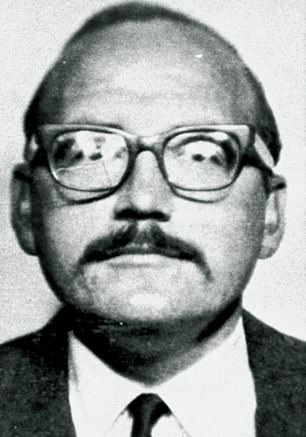
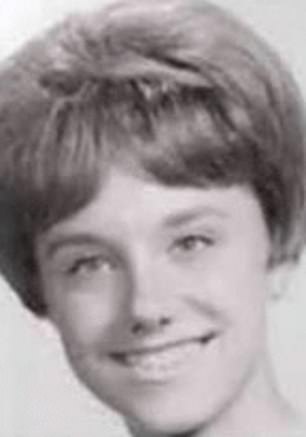
According to one school of thought, Zodiac realised he had come too close to capture in his last confirmed killing — shooting taxi driver Paul Stine (left) in San Francisco’s smart Presidio Heights. Zodiac is widely thought to have killed Cheri Jo Bates (right), an 18-year-old student, in 1966 — beating and stabbing her as she left a library
There are still two Zodiac ciphers left unsolved — one a letter in which he wrote, ‘My name is …’ followed by 13 symbols. Mr Oranchak isn’t hopeful about cracking this one as cryptographers need a much longer message if they are to spot patterns.
Besides, Zodiac experts doubt such a calculating killer ever intended to be caught — which only adds to the appeal of a case that remains tantalisingly open.
San Francisco had only a year earlier seen 100,000 hippies converge on its Haight-Ashbury neighbourhood for the ‘Summer of Love’, which is when the Zodiac killer said he first struck. Free love may have been a factor with Zodiac, as he targeted smooching couples parked down notorious lovers’ lanes.
His first victims — David Faraday, 17, and Betty Lou Jensen, 16 — were on their first date one evening in December 1968 when they were shot dead as they kissed in a car.
Next came Darlene Ferrin, 22, and 19-year-old Mike Mageau, ambushed in their car just four miles away in the town of Vallejo the following July.
A car briefly parked next to them, drove away but returned 10 minutes later. The driver got out, blinding them by shining a powerful torch in their faces before shooting them with a 9mm Luger.
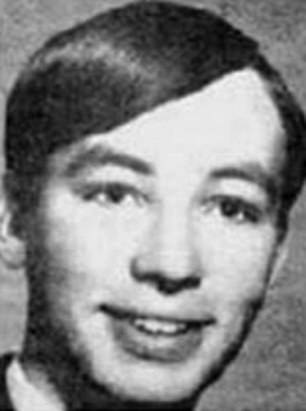
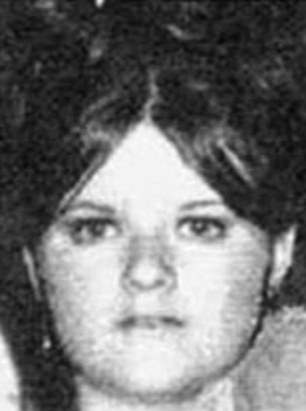
His first victims — David Faraday, 17, (left) and Betty Lou Jensen, 16 (right) — were on their first date one evening in December 1968 when they were shot dead as they kissed in a car
When he heard Mr Mageau moaning, he returned and shot each of them twice more. Half an hour later, an anonymous man with a ‘low, monotonous’ voice rang police from a phone box to alert them to the attack and also to own up to the earlier double killing.
Despite being shot three times, Mr Mageau survived and identified his unmasked attacker as white, aged about 26 to 30, 5ft 8in tall and with short, light brown, curly hair. Four weeks later, Zodiac sent his first letter along with a 408-symbol cryptogram, split between three newspapers. He warned that if it wasn’t printed on their front pages the following day, he would ‘cruise around’ and kill a dozen people over the weekend. (His demand wasn’t fully met but he didn’t carry out his threat.) When decoded, this first cypher included a quotation from The Most Dangerous Game, a 1924 novel about a man who hunts people for sport.
He also claimed that killing ‘is even better than getting your rocks off with a girl’ and that he was collecting slaves for the afterlife.
According to one school of thought, Zodiac realised he had come too close to capture in his last confirmed killing — shooting taxi driver Paul Stine in San Francisco’s smart Presidio Heights and seen by witnesses hurrying away.
He was also spotted by a passing police car, but as they’d been mistakenly told to watch out for a black suspect, they drove on past.
Zodiac continued to write his demented letters, some of them containing bloody pieces of Mr Stine’s shirt as proof he did it. In one, he threatened to kill children on a school bus (a chilling concept that featured in Dirty Harry) — ‘just shoot out the front tire & then pick off the kiddies as they come bouncing out’, he scrawled.
The threat caused widespread panic and school buses were temporarily given police escorts.
Mercifully, it was bluster, as was a threat to put a bomb on a bus unless he saw people starting to wear ‘some nice Zodiac’ badges bearing his logo.
However, there is compelling evidence that he killed — or came close to killing — others. The latter included Kathleen Johns who, with her ten-month-old daughter, had to accept a lift from a sinister stranger 90 miles east of San Francisco after he appeared to have surreptitiously disabled her car.
He refused to let her out but she jumped out with her child when the car stopped at a junction, hiding in a field until he left.
Johns described him as around 30 years old, 5ft 9in tall, with short dark hair and wearing heavy-rimmed glasses. Zodiac later mentioned a ‘rather interesting ride’ with a woman and her baby.
Zodiac is widely thought to have killed Cheri Jo Bates, an 18-year-old student, in 1966 — beating and stabbing her as she left a library. Typewritten letters signed with a symbol like a ‘Z’ were sent to the police and the Press warning she ‘is not the first and she will not be the last’.
He has also been linked to the 1970 disappearance of a nurse near Lake Tahoe and the 1963 murder of a young couple on a beach, bound and shot near Santa Barbara in southern California.
The killer wrote his last letter as Zodiac in January 1974, signing off with a few lines from The Mikado and a threat to ‘do something nasty’ if it wasn’t printed.
Suspects over the years have included a Peeping Tom ex-sailor, a hippy newspaper editor, a doctor and a mentally-ill librarian.
David Toschi, the San Francisco detective who headed the Zodiac investigation, estimated he interviewed 5,000 people.
However, none of the suspects has attracted such strong suspicion as Arthur Leigh Allen. Military boot prints were found in the mud near the lakeside shooting and investigators said that forces training could explain Zodiac’s skill with ciphers.
Allen was a large man who’d left both the U.S. Navy and teaching under a cloud and who’d been jailed for sexually assaulting a 12-year-old boy. He was reportedly obsessed with young children but hated women.
Even close family members were convinced he could be the killer, while a friend claimed Allen had told him he wanted to fix a torch to a gun and kill people, as well as change his name to Zodiac.
Police interviewed him several times but eventually dismissed the evidence against him as circumstantial. Handwriting and fingerprint experts also ruled him out, and in 1992 he died, aged 58, of a heart attack.
Inevitably, speculation about the identity of the killer will continue, and if, indeed, Allen wasn’t Zodiac, then a dark, twisted soul may well still be out there, laughing at how he got away with it and delighted that he’s back in the spotlight.

